Introduction of Balance ta Nude
Nude artwork has been a critical part of human tradition for centuries, representing beauty, vulnerability, and uncooked emotion. However, reaching true aesthetic harmony in nude artwork is a sensitive method that calls for Balance ta Nude, skill, and keen information of both anatomy and artistry. In this manual, we are able to discover how to create balanced nude artwork that captivates and resonates with viewers on a deeper level.
Understanding Nude Art in Historical Context
Nude art has a protracted record, courting lower back to historic civilizations like Egypt, Greece, and Rome. Each way of life used nude figures to mirror beliefs of beauty, mythology, and divinity. Artists along with Michelangelo and Botticelli revolutionized the manner the human frame was represented, using stability and proportion to create iconic works like David and The Birth of Venus. Understanding this historical backdrop is key to appreciating the evolution of Balance ta Nude art.
The Importance of Balance ta Nude Art
Balance is critical in art, especially in nude compositions, wherein the human frame will become the point of interest. Without the right balance, a piece can feel awkward or incomplete. Balance refers to the distribution of visible weight in a chunk, ensuring that no part of the composition overwhelms some other. Achieving this stability can be complex in nude art, as the artist ought to account for anatomy, pose, lights, and emotion.
The Role of Anatomy in Creating Balance
A deep expertise in human anatomy is important for growing balanced nude artwork. Artists want to look at the manner muscular tissues, bones, and joints engage in distinct poses. Knowledge of proportions facilitates in creating of practical and aesthetically pleasing figures. Without this, the frame can seem distorted or unnatural, disrupting the overall concord of the piece.
Symmetry vs. Asymmetry in Nude Art
Symmetry often affords a sense of calm and order, mainly when it comes to the human frame. However, asymmetry can introduce dynamism and intrigue. In nude art, both symmetry and asymmetry can be used to create stability. For example, a symmetrical pose can also evoke classical beauty, whilst an asymmetrical you could upload electricity and anxiety, making the piece more attractive.
Five. The Power of Composition in Nude Art
Composition is the arrangement of elements in a bit, and it’s miles key to creating stability. Nude art calls for careful planning of where the figure will be placed with regard to the heritage and different items. The rule of thirds, which divides the canvas into 9 same elements, can assist manually the position of the determine for a more balanced composition.
Lighting as a Tool for Balance
Lighting performs a substantial role in developing stability in nude artwork. It complements the shape and lines of the body, drawing attention to key regions even as softening others. Proper lighting can intensify the discernment’s natural beauty and spotlight its proportions, making sure that the viewer’s eye is guided smoothly throughout the piece.
Using Color and Contrast for Aesthetic Harmony
Colors and comparison are effective tools for attaining aesthetic harmony. In nude art, neutral or warm tones are often used to mirror the herbal colorations of the human frame. However, assessment through lighting fixtures or heritage can add depth and balance to the composition. By playing with light and dark areas, an artist can create a visible rhythm that draws in the viewer.
Eight. Emotion in Nude Art
Emotion is a diffused but vital element in accomplishing balance. A properly balanced piece should no longer handiest be visually harmonious but also evoke an emotional reaction from the viewer. The pose, expression, and interplay of mild and shadow can bring vulnerability, electricity, or tranquility, growing a deeper reference to the target audience.
Nine. Experimenting with Poses for Dynamic Balance
While traditional poses have their place in nude art, experimenting with extraordinary, more dynamic poses can introduce a clean feel of stability. Twists, bends, and greater complicated positions can create visible hobbies even as nevertheless retaining concord within the composition. Dynamic stability brings strength and movement, making the piece extra enticing.
The Role of Texture in Nude Art
Texture can greatly have an impact on the Balance ta Nude paintings. The evaluation between smooth pores and skin and tough backgrounds or substances can add intensity and hobby to a composition. This interaction between textures allows create a balanced courting between the figure and its surroundings, enhancing the general aesthetic attraction.
Cultural Sensitivities and the Ethics of Nude Art
When developing nude art, it is vital to have in mind of cultural sensitivities and moral issues. Nude artwork has the ability to be controversial, so artists must approach the difficulty with appreciation and awareness. The stability between inventive freedom and cultural respect is delicate but necessary for creating paintings that resonate with a large target market.
Personal Style and Artistic Balance
Each artist has a completely unique fashion, and finding balance inside that style is key to creating a successful nude artwork. Some artists select minimalist compositions, at the same time as others embrace complex details. Regardless of the style, the concepts of balance—through composition, color, lights, and anatomy—remain vital.
Conclusion
Achieving stability in nude art is about more than simply following inventive regulations. It’s a harmonious blend of technical skill, emotional intensity, and creative instinct. By learning anatomy, composition, lights, and emotion, artists can create nude pieces that no longer most effectively capture the beauty of the human form but also resonate deeply with the viewer. When balance is done, nude art turns into more than just a depiction of the frame—it becomes a timeless expression of humanity.
FAQs
What is the importance of anatomy in nude art?
Anatomy ensures the figure looks realistic and balanced, enhancing the overall harmony of the piece.
How does lighting affect Balance ta Nude art?
Lighting highlights form and contours, guiding the viewer’s eye and creating visual harmony.
Can asymmetry create Balance ta Nude art?
Yes, asymmetry can introduce dynamism, adding interest and balance to the composition.
What role does emotion play in nude art?
Emotion adds depth, making the piece resonate on a personal level with viewers.
How can an artist experiment with Balance ta Nude art?
Experimenting with dynamic poses, lighting, and texture can create new forms of balance and visual interest.
Also Read this:
- Hentai Teca: A Comprehensive Guide to the Genre’s Evolution and Impact
- Escortforum Uncovered: What You Need to Know Before Joining
- Hentai Saturn: A Comprehensive Guide to Its Most Iconic Characters and Stories
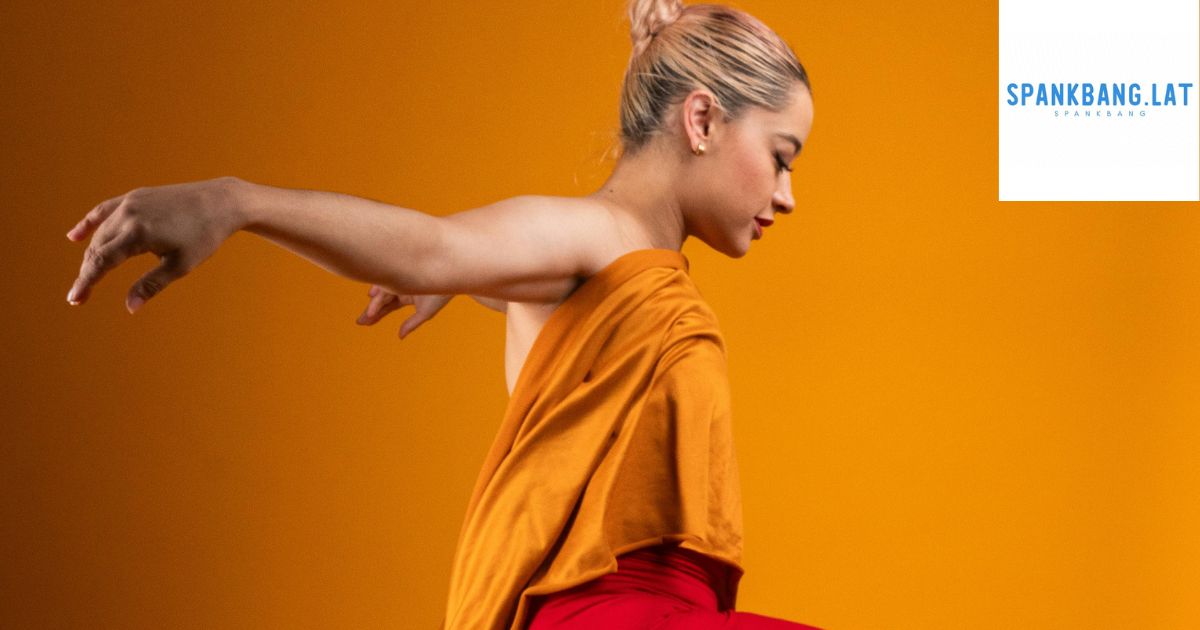
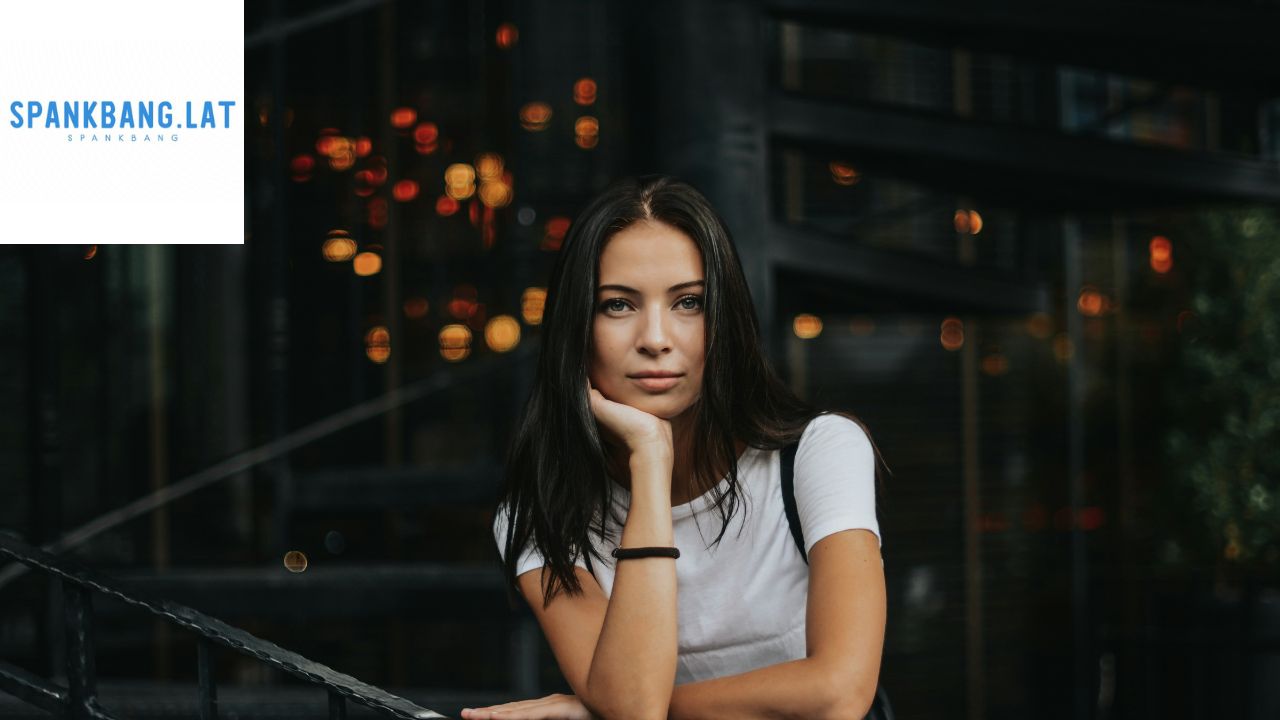
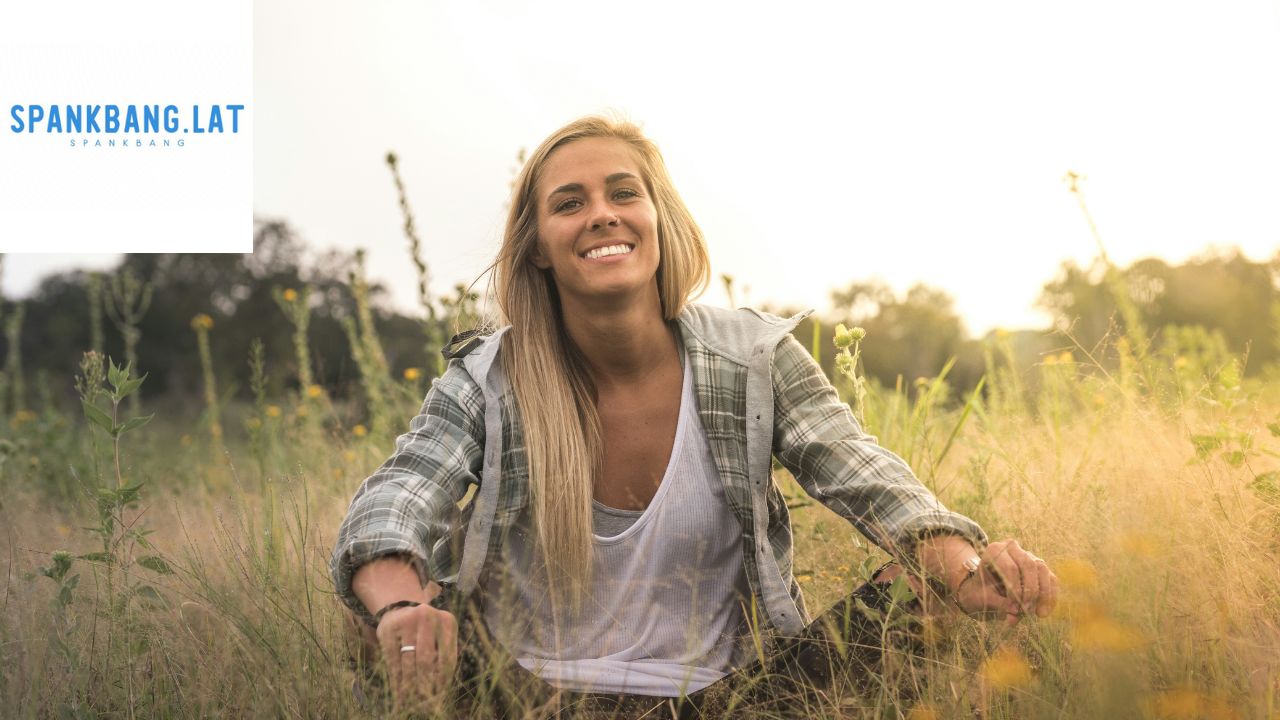
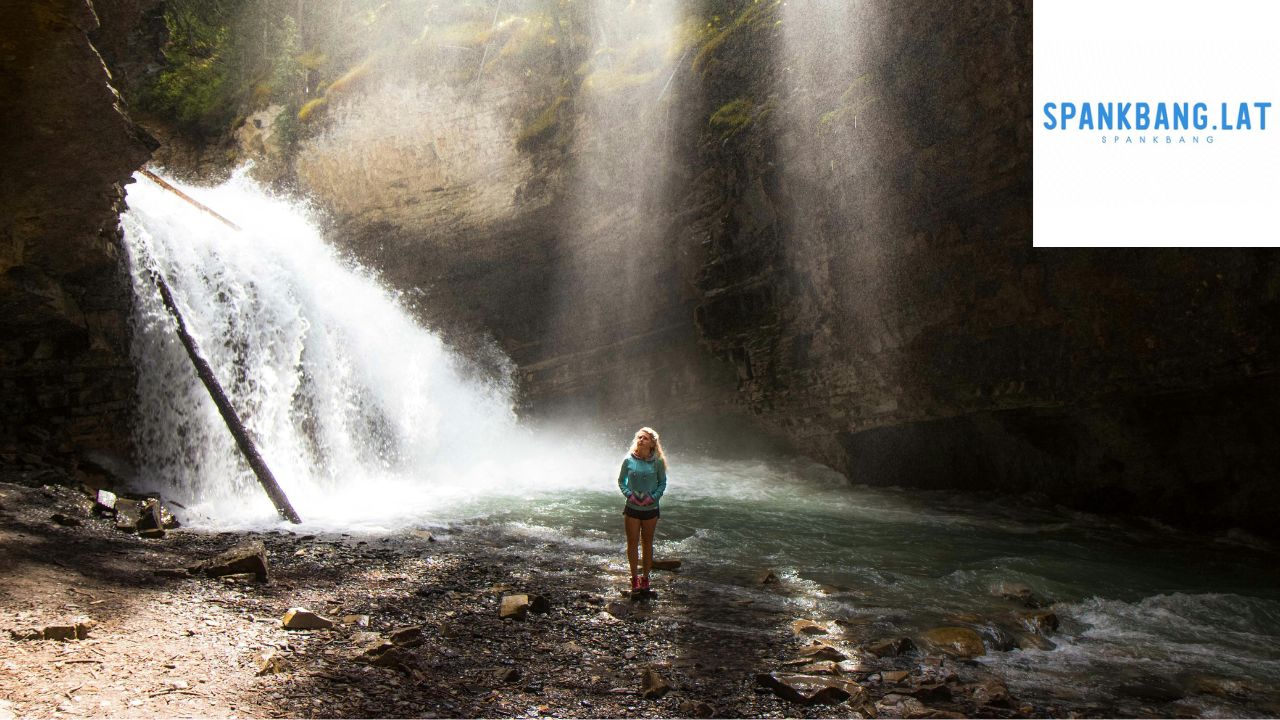
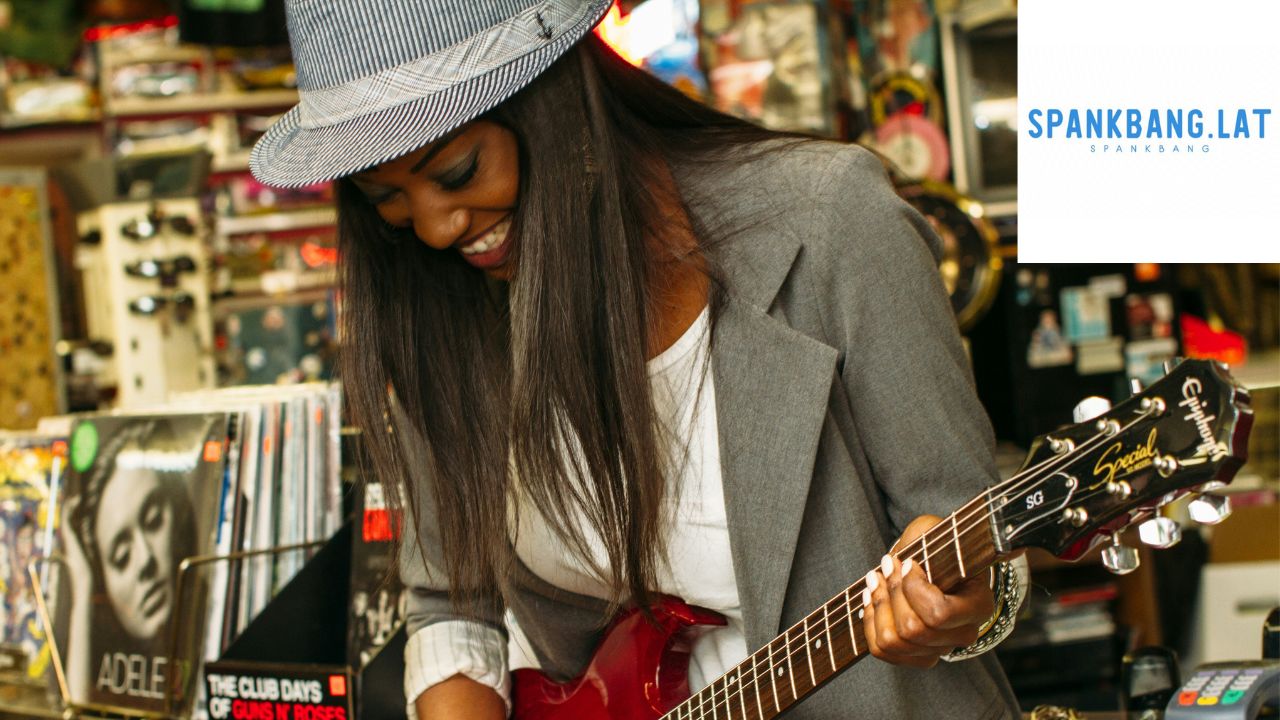
One thought on “Balance ta Nude Art: A Comprehensive Guide to Aesthetic Harmony”